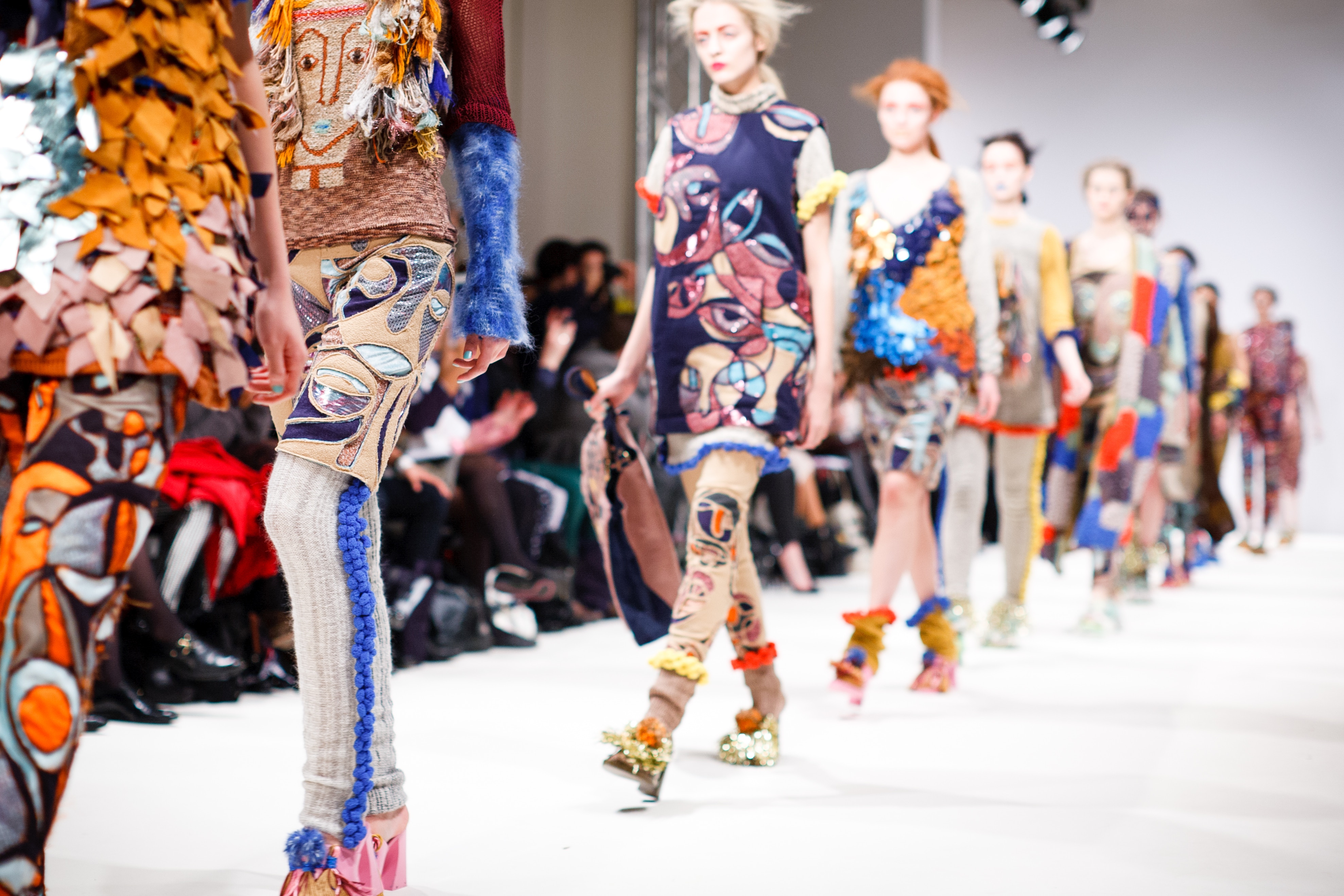Your next shopping experience could be powered by Augmented Reality (AR) as fashion brands gear up for a digital makeover.
In a comprehensive 2018 study, ‘The State of Fashion’ by McKinsey & Company and The Business of Fashion (BoF), leading innovators will reveal the possibilities of artificial intelligence across all parts of the fashion value chain, exploring new ways of creating value for those employed in the fashion industry. The study shows that more than 75% of fashion retailers plan to invest in AI in 2018/2019.
Recently, Zara’s parent company Inditex SA announced that it is shifting its focus to online businesses. The technology required to run its “global store and online platform” has already attracted a record investment of roughly $2.2 billion.
Considered as one of the largest industries in the global economy, the fashion sector is a ~$2.4 trillion industry. Hence the need for continuous innovation is crucial for fashion businesses. Other than moving businesses online, fashion brands are constantly introducing creative and engaging ways to gain traction. From deploying predictive analytics for style trends to employing robots that sew and cut fabric, AI enhancements in the fashion industry are going beyond traditional automated tasks. The latest in Augmented Reality (AR) is deployed both in-stores and online.
Recently, Gucci revealed its scannable ads, VR and AR for its spring 2018 campaign, ‘The Gucci Hallucination’.
Video Credit — Gucci
At 52 selected Gucci stores, after purchases, customers receive Spanish artist Ignasi Monreal’s artwork in the form of tickets for access to VR devices. This showcases a 360-degree panorama of Monreal’s campaign artwork. The scannable ads via the Gucci app are also available in 15 out of the 20 campaign illustrations in print and allow consumers to discover the campaign in AR.
To lure the millennial crowd, Zara is using AR displays in 120 stores worldwide from April 18, 2018. The AR feature allows customers to hold their mobile phones in front of a sensor on the displayed models within the stores or designated shop windows. Through a single click, the shoppers can instantly buy the selective looks.
To be fair, the AR introduction in the fashion industry has become easier through Apple’s ARKit, and Google’s ARcore, which allows for smartphone integration.
Apple’s developer platform for AR has paved the way for fashion brands to draw the audience using iPhones and iPads. Some of the leading brands relying on Apple’s ARKit are Burberry and Vogue. The London-based luxury brand, Burberry turned to ARKit in September 2017 to ‘digitally influence’ purchases. The feature allows for greater customer interaction through camera feeds. Using these, the surrounding is digitally recreated with Burberry-inspired paintings by artist Danny Sangra. The users can also create graffiti-like doodles and share and export on social media platforms using a Burberry frame.
Through Apple’s ARKit, Condé Nast’s Vogue AR experience allows users to create a layered image like the “21st-century spin on disco glamour” on current surroundings. The front-facing camera’s Face ID creates a multi-dimensional filter which is an iMessage extension, known as “The Vogue Effect”. The created AR images are downloadable and can be sent as a message.

Bringing AR- experience to Android users is Google with users like Pottery Barn and Gap.
In 2017, Gap revealed its plans to build augmented reality “dressing rooms,” for users to try on clothes from home. Built-in collaboration with Google and startup Avametric, the app lets the user add information like weight and height to the Dressing Room, after which a 3D model appears in front of the user. The user can see and try different looks to decide on what garments to pick before making purchases through the app. In 2013, Japanese based retailer, Uniqlo introduced AR-enabled changing rooms, allowing clients to try different colors by swiping their phone’s touchscreen to see how they look in a Magic Mirror.
But interestingly, the AR experience in fashion is not limited to only clothes.
Shoes, jewelry, and cosmetic brands are increasingly investing in AR. In 2017, MAC installed AR with virtual try-on mirrors. Powered by Modiface, the mirror relies on facial recognition and maps the face via live video for accurate appearance. Users then superimpose makeup products on their face for making a decision. Introduced in 2017, Sephora’s AR experience, ‘Sephora’s Virtual Artist’ is also created by Modiface. Through face scans, the app figures out the lips and eyes and allows the user to try on different lip colors, eyeshadows, and false lash styles.
Bottom line
For a successful tech-adoption, fashion brands need to design an effective marketing strategy and collaborate with online platforms like Google, Facebook, Apple, and Instagram to respond to ever-changing consumer demands.
In short, the quicker the fashion brands understand the need and importance of tech innovations, the easier it will be for them to make the digital shift.
